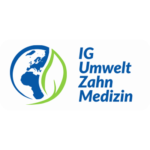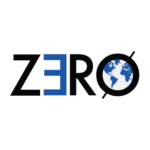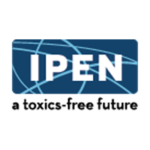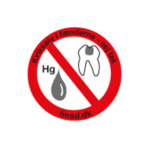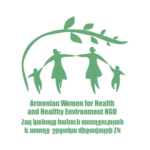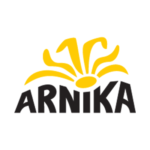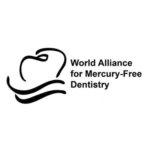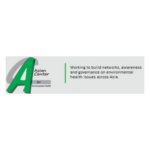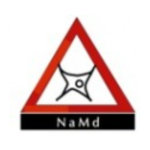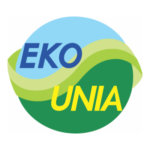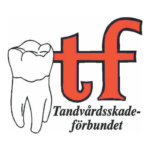The Fourth Meeting of the Conference of the Parties (COP-4) is being held in two parts due to the Corona Pandemic. To ensure that the Minamata Convention on Mercury can continue as the current budget and work program expire at the end of 2021, the first segment of COP-4 was held virtually from November 1-5, 2021, with approximately 1,000 participants. Parties were able to make the two most urgent decisions:
- The Convention’s 2022 work and budget program, which will enable the Secretariat to continue to assist Parties in meeting the legally binding obligations of the Convention; and
- the date for the second segment of the meeting, in person in Bali, Indonesia, was agreed for March 21-25, 2022.
Participants also discussed three other time-sensitive issues, beginning with national reporting. Parties’ first national long-form reports are due by December 31, 2021. The preparation of each report requires “extensive technical expertise as well as coordination among often multiple ministries.” During the meeting, the Secretariat presented draft guidance for Parties.
Another discussion focused on financing the Convention, particularly through the eighth replenishment of the Global Environment Facility (GEF). Parties emphasized the importance of the GEF in supporting the implementation of the Minamata Convention by helping countries meet their obligations. Both GEF-contributing and GEF-recipient countries called on the GEF to increase resource allocations to its chemicals and waste focal area under GEF-8.
Finally, Parties addressed a requirement of the Convention to evaluate its effectiveness no later than six years after its entry into force, which occurred in 2017. During the first segment of COP-4, the Secretariat reported on intersessional consultations on the assessment, potential indicators, and draft guidance on monitoring mercury and mercury compounds. Building on this intersessional work, Norway and Canada proposed a pathway for establishing a framework for the first effectiveness assessment.
Several parties, particularly from Latin America and the Caribbean and Africa, said the pandemic had prevented their meaningful participation in the intersessional consultations. African countries also noted difficulties with regional coordination and requested support for an additional day of regional consultations right before the face-to-face section of COP-4.
At the secod segment of COP-4 in 2022 the revision of the Annexes A and B will be addressed, as will dental amalgam, customs codes for labeling products to which mercury has been added, national action plans for artisanal and small-scale gold mining, and implementation of monitoring to support efficacy assessments.
Over the past two years, experts have met to review Annexes A and B of the Convention (mercury-added products and manufacturing processes using mercury or mercury compounds). A group of technical experts addressing guidance on mercury releases to the environment has completed its draft report. Another group of technical experts has addressed thresholds for mercury waste and both the Minamata Convention Secretariat and WHO have published new documents on dental amalgam.
Based on input from Parties and other stakeholders, the Minamata Secretariat has produced a report with up-to-date information on mercury-free alternatives to amalgam. It states that mercury-free fillings, such as composites or glass ionomer cements, “have satisfactory mechanical properties and require less cavity preparation than amalgam,” “are already widely used,” and “the price difference is relatively small.”
The WHO, for its part, presented its Report of the Informal Global WHO Consultation with Policymakers in Dental Public Health (2021), which concludes that “The results of the consultation with policymakers in dental public health highlight that phase-down and even phase-out of use of dental amalgam is achievable, especially as effective, cost-effective and simple-to-use mercury-free alternatives are increasingly available.”
In the survey by the WHO, 14% of countries reported that they had completely phased out the use of dental amalgam, and in the Europe and Americas regions, as many as two-thirds of countries had either already phased out the use of dental amalgam or were expected to do so by 2025. Preparing for a general amalgam phase-out, the WHO added glass ionomer cements, a mercury-free alternative to amalgam, to the Essential Medicines List in October.
In advance of COP-4, the EU, Africa, and Canada and Switzerland have each submitted proposals to amend Annex A and/or B of the Convention.
Regarding dental amalgam the European Union is advocating to incorporate the measures already in place in Europe (phase out of the use for children, pregnant and breasfeeding women) into the international treaty and the African Region calls for a general phase-out by 2029 in four steps.


